Mandarin Ducks: Nature’s Most Colorful Lovebirds
Meet the Mandarin Duck
Have you ever seen a duck so colorful it looks like it waddled out of a watercolor painting? Meet the Mandarin duck—one of the most stunning birds on the planet. These graceful, vibrant waterfowl are more than just eye candy. From acrobatic chicks that leap from trees to their deep symbolism in love and devotion, Mandarin ducks lead truly fascinating lives.
In this post, we’ll dive into what makes them so unique—from their bold looks and habitats to their feeding habits, quirky behaviors, and adorable families.
Species Overview
There are over 30 recognized species of hares around the world, including the Arctic hare, European brown hare, Cape hare, and the snowshoe hare. Each species is adapted to its unique environment, from icy tundras to warm deserts.
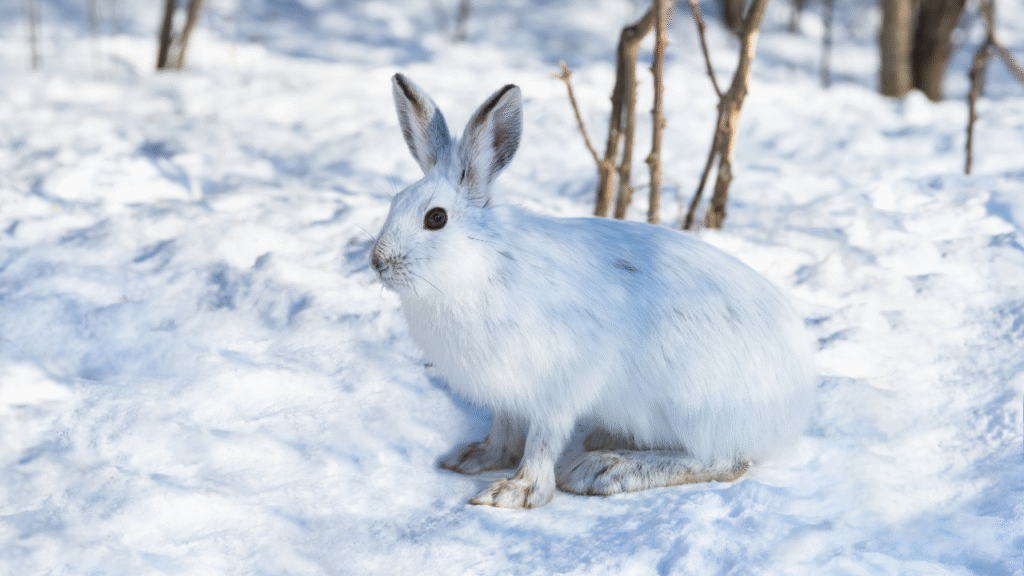
Mandarin Duck (Aix galericulata)
There’s only one true species of Mandarin duck: Aix galericulata. While that may sound simple, their appearance is anything but. Males sport vivid orange “sails” on their backs, a purple chest, a green forehead, and a bold pinkish-red bill. Females are more subdued, with soft gray-brown feathers and delicate white markings—perfect for camouflage while nesting.
Though native to East Asia, these ducks have also established small populations in parts of Europe and North America due to escapes from private collections.

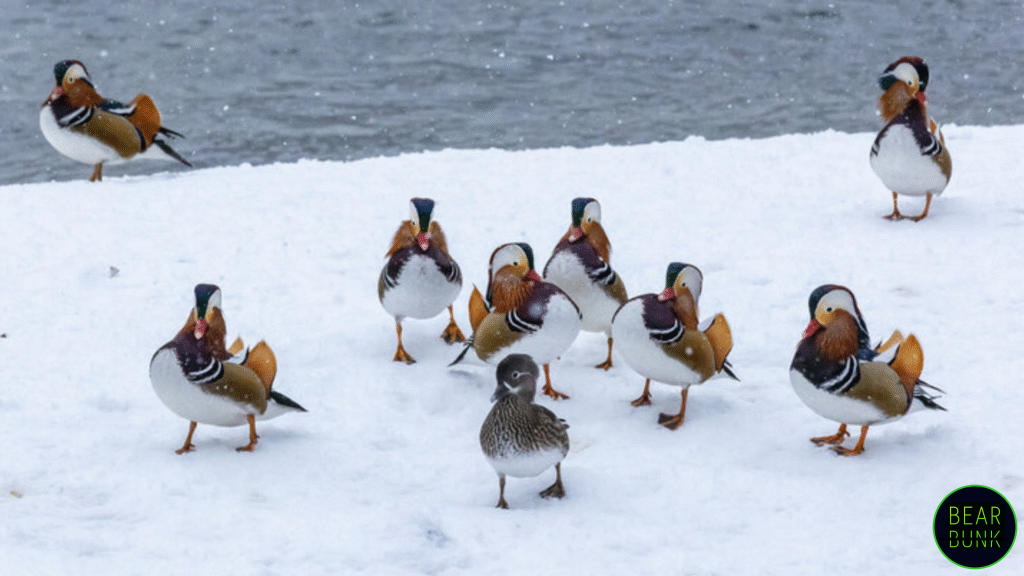
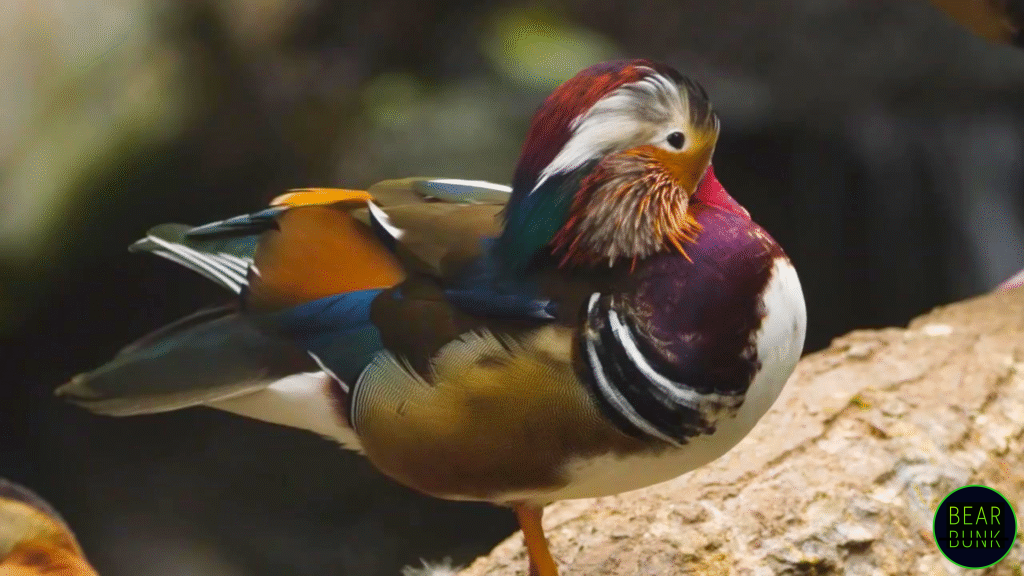
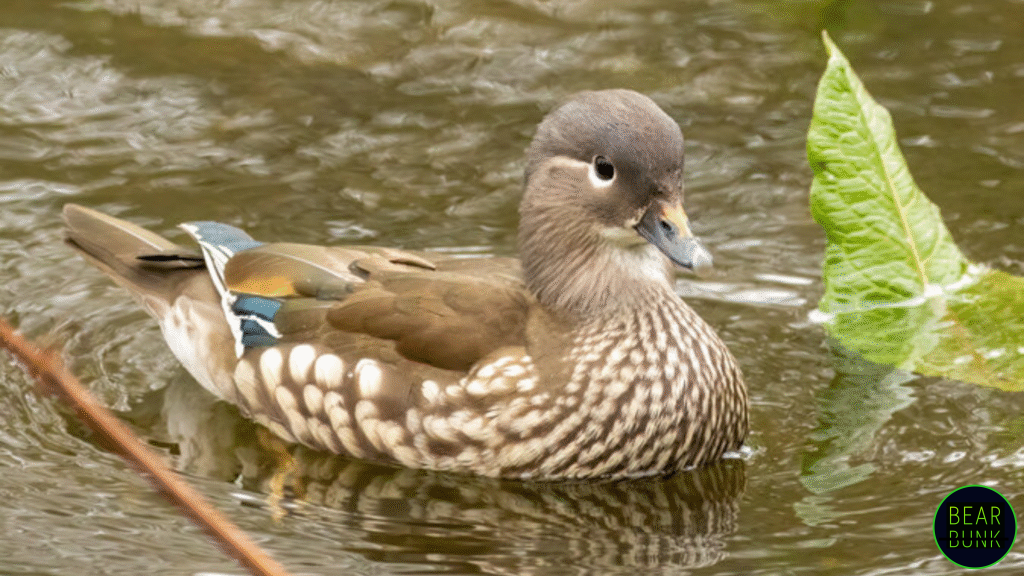
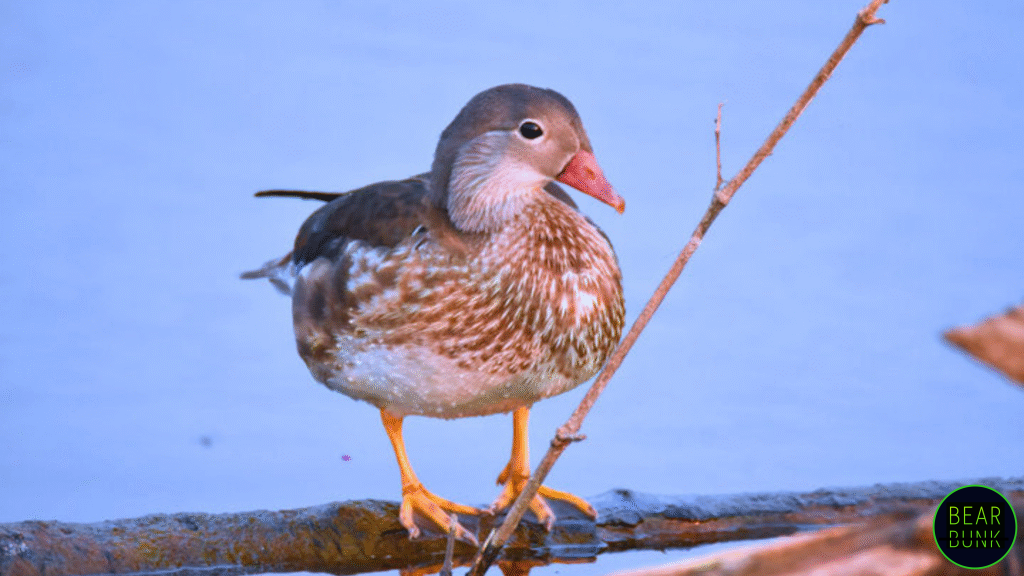
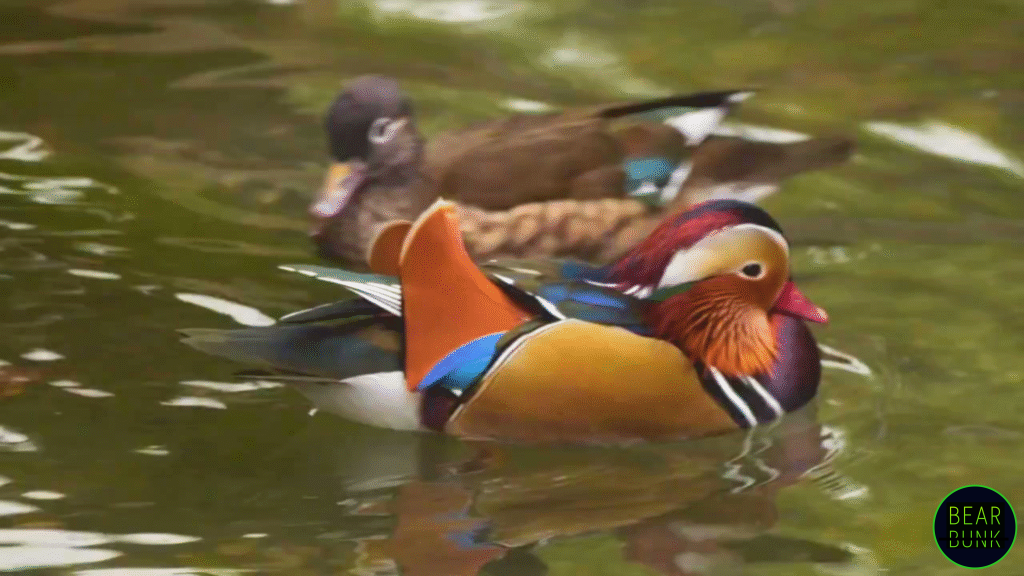
Habitat
Mandarin ducks live in quiet, forested wetlands across China, Japan, and Korea. They love slow-moving rivers, shaded ponds, and wooded lakes—especially ones with overhanging trees like willows and oaks for nesting and cover.
They’ve also been spotted in city parks and garden ponds in the UK and U.S., where they’ve adapted to similar environments.
Diet
Mandarin ducks are omnivores with a flexible diet. In warmer months, they enjoy insects, snails, worms, and even small fish. In fall and winter, they shift to seeds, grains, aquatic plants, and a favorite snack—acorns.
They’re often seen foraging along riverbanks or dabbling near the surface. And yes—Mandarin ducks can climb low tree branches in search of food!
Mating, Babies, and Raising Young
Mandarin ducks usually pair up in the cooler months and are known for their loyalty—often symbolizing love and fidelity in many cultures.
Females lay about 9–12 eggs in tree cavities—sometimes 30 feet off the ground! Once the ducklings hatch, the mother calls from below, and the babies leap from the nest, bouncing on the forest floor before waddling off to the nearest water source. It’s a jaw-dropping sight of puffball bravery.
Lifespan? Around 6–7 years in the wild and up to 10+ years in captivity.
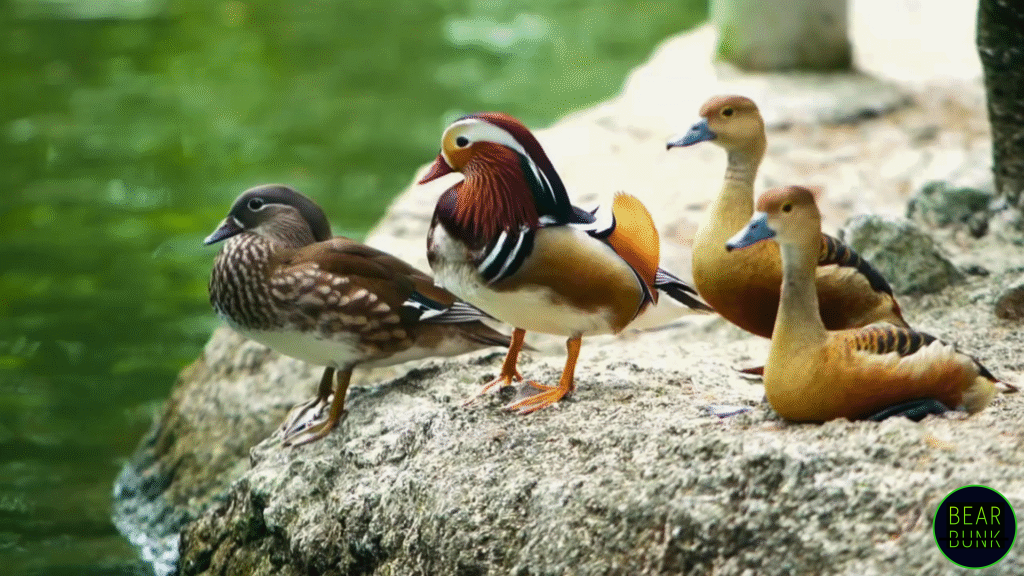
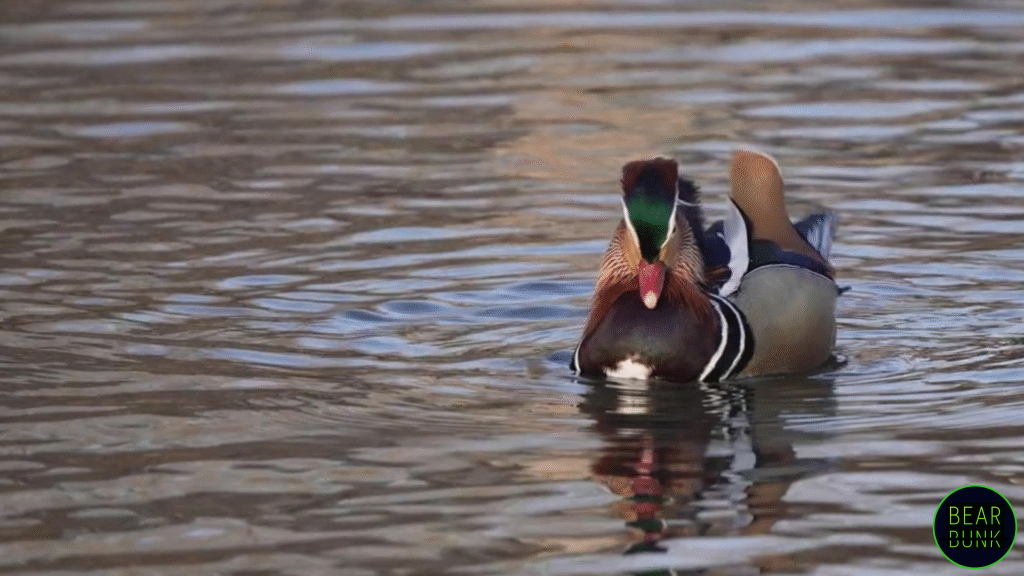
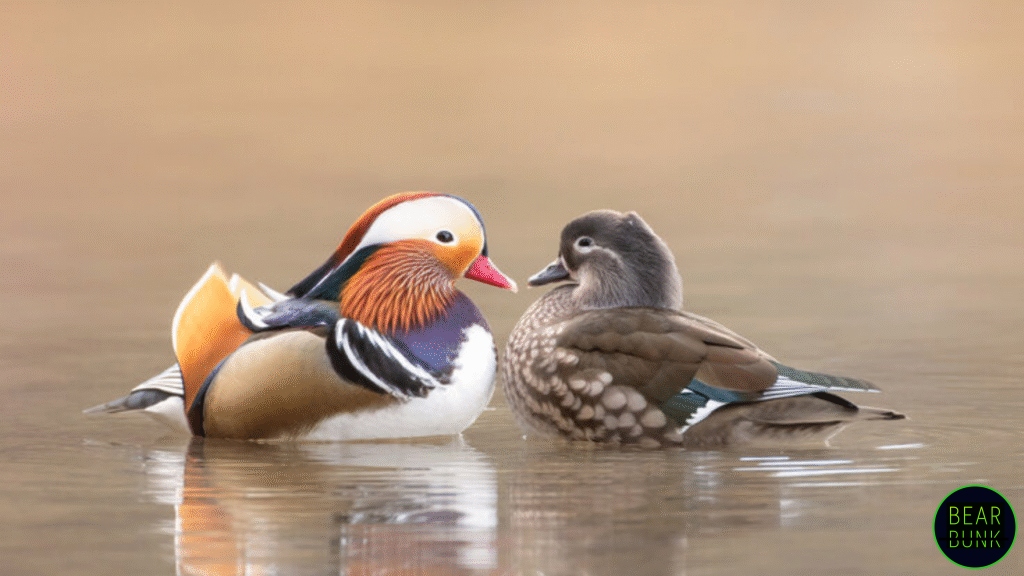
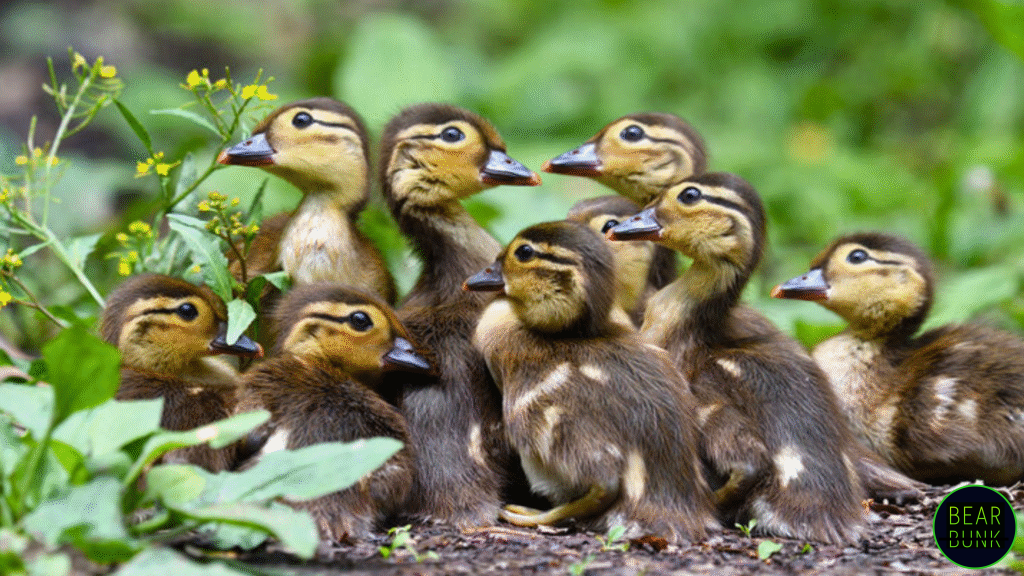
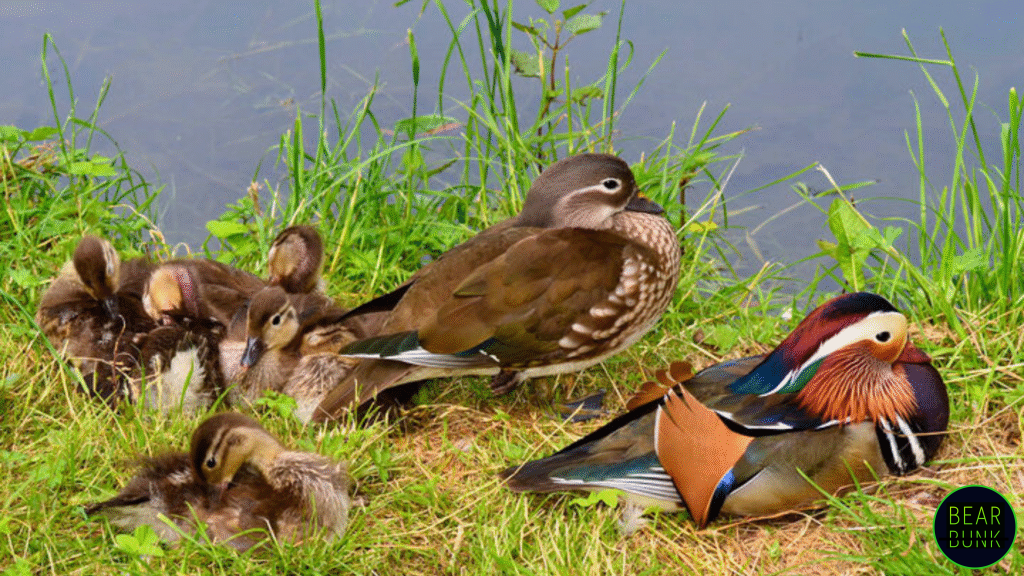
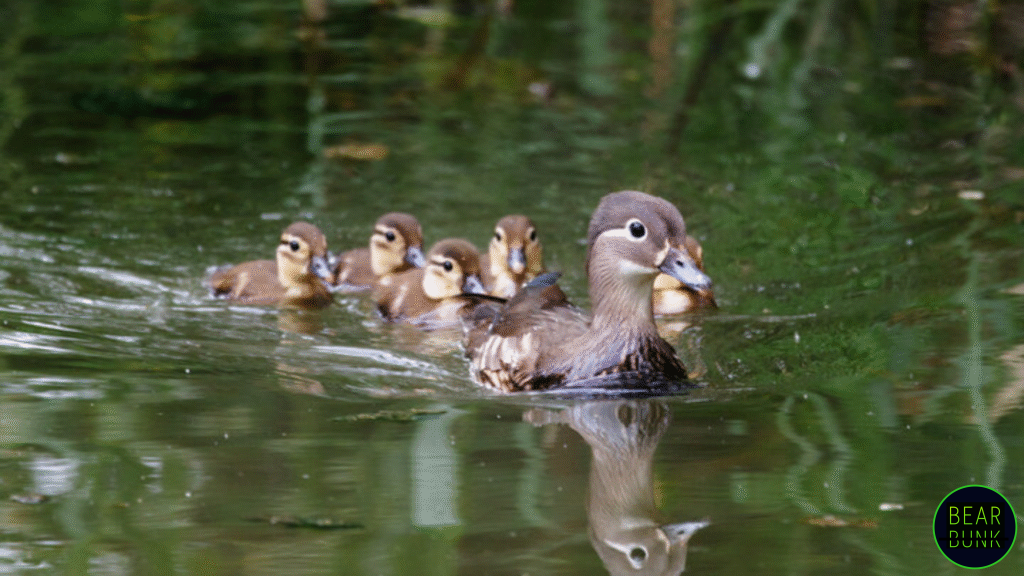
Share On Social:
Fun Facts
- Mandarin ducks are perching ducks with claws on their webbed feet—they sleep in trees!
- They’re relatively quiet: males whistle, and females gently squeak or croak.
- After mating season, males lose their bright colors, becoming grayish until spring.
- They can digest acorns, which is rare among birds.
- In Chinese culture, Mandarin ducks symbolize everlasting love and are often featured in weddings, poems, and art.
About Mandarin Ducks
Scientific Family: Anatidae
Number of Species: 1 (Aix galericulata)
Habitat: Forested wetlands, rivers, lakes
Diet: Omnivore (insects, fish, acorns, seeds, plants)
Lifespan: 6–7 years (wild), 10+ years (captivity)
Unique Traits: Extreme sexual dimorphism, tree-leaping ducklings, strong cultural symbolism
Social Structure: Monogamous pairs, small groups outside breeding season
Fun Fact: Ducklings leap from 30-foot tree nests before they can fly!
Why We Love Them
Mandarin ducks aren’t just beautiful—they’re brave, gentle, and full of surprises. From their romantic symbolism to their daring ducklings, they remind us of how nature can be both graceful and bold. It’s no wonder people around the world are enchanted by them.
Conclusion
🧭 Conclusion
From their breathtaking plumage to their fearless ducklings and quiet charm, Mandarin ducks are one of the most extraordinary birds in the world. Their beauty may be the first thing that catches your eye, but it’s their quirky habits and symbolic meaning that truly make them unforgettable.
Whether you’ve spotted one in the wild or just admired them from afar, Mandarin ducks remind us how magical and full of wonder nature can be.
Stay curious, stay kind, and keep discovering more amazing animals right here on BearBunk.
#MandarinDuck #WildlifeFacts #BearBunk #BirdLovers #NatureEducation
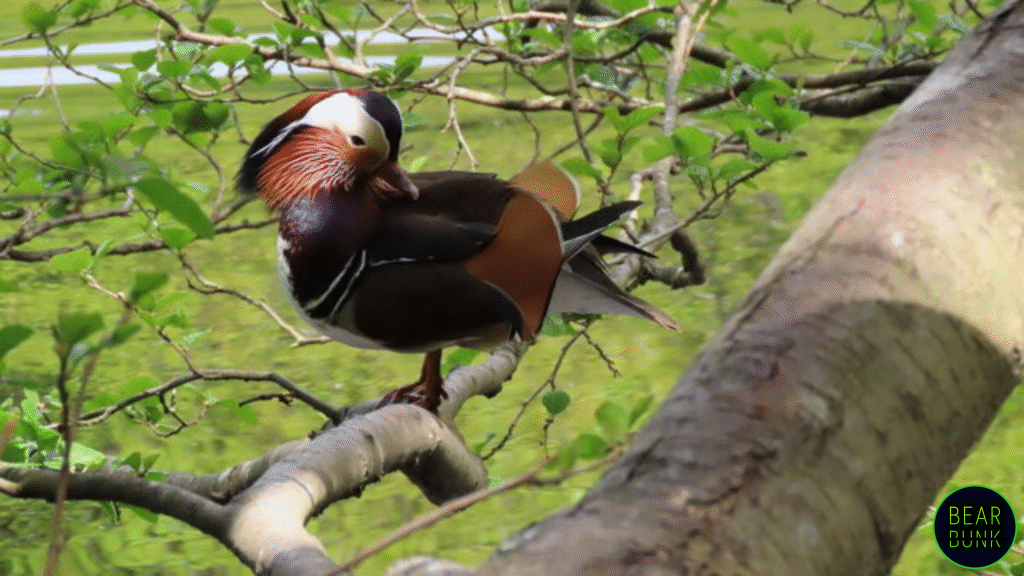
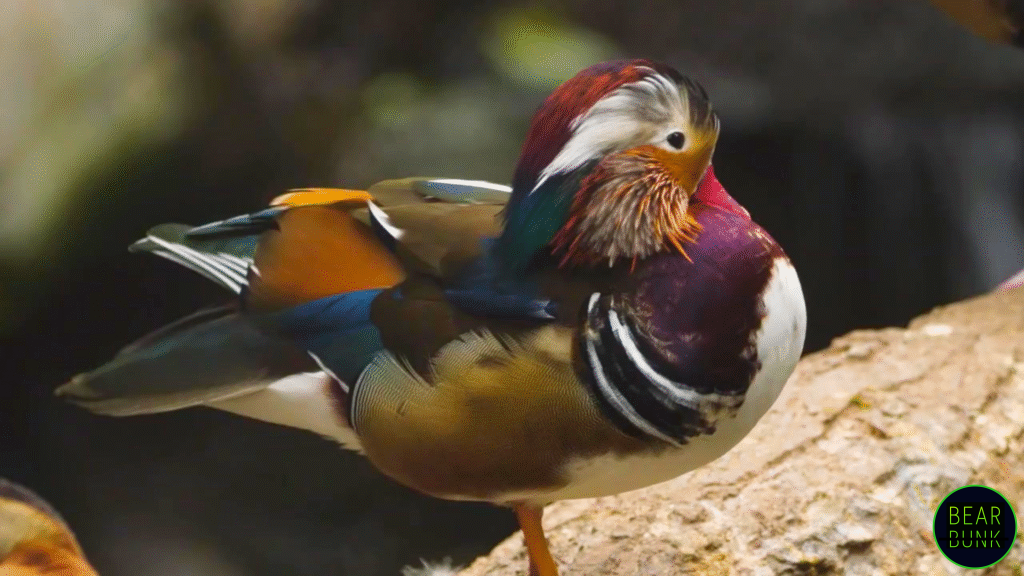
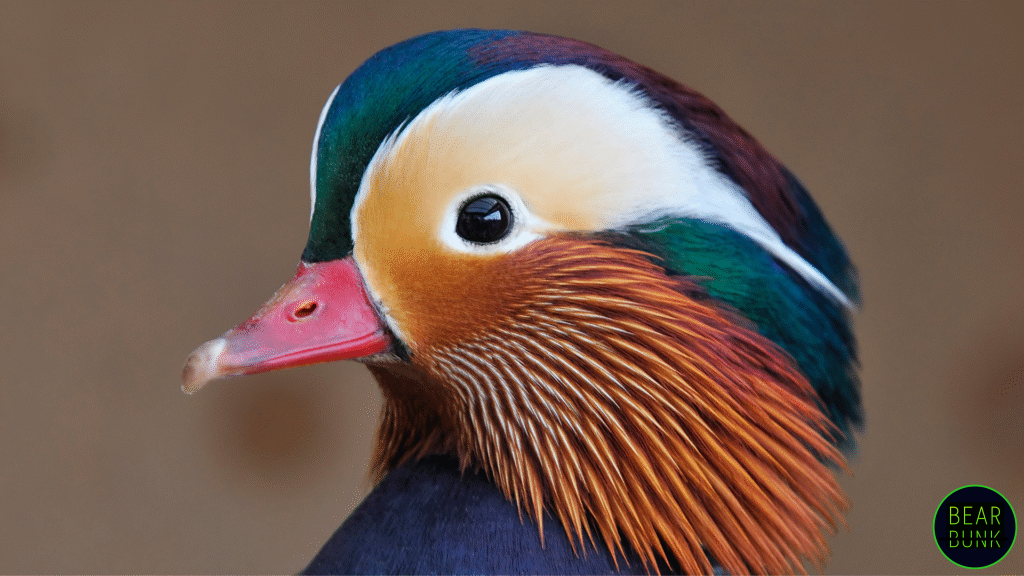
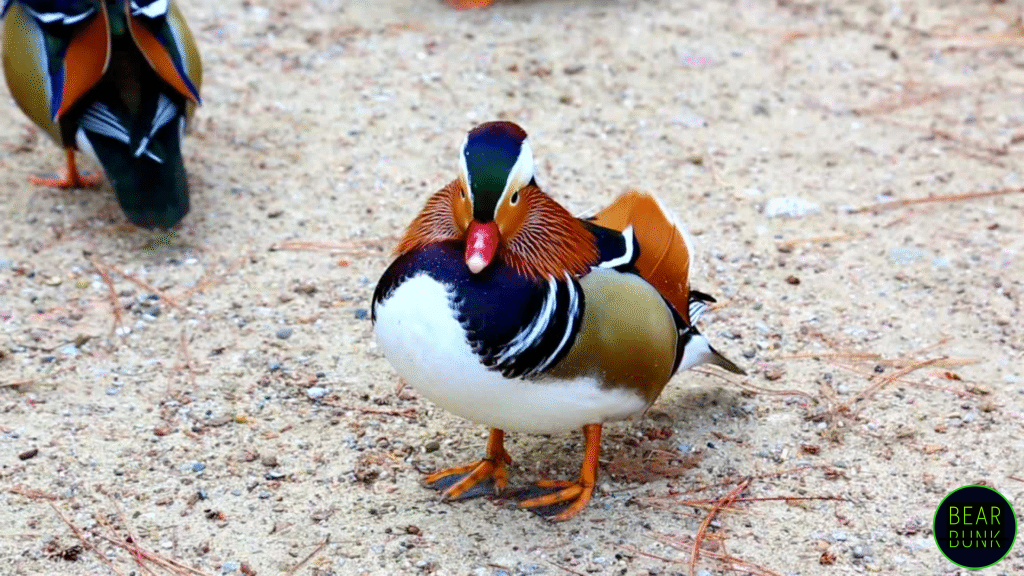
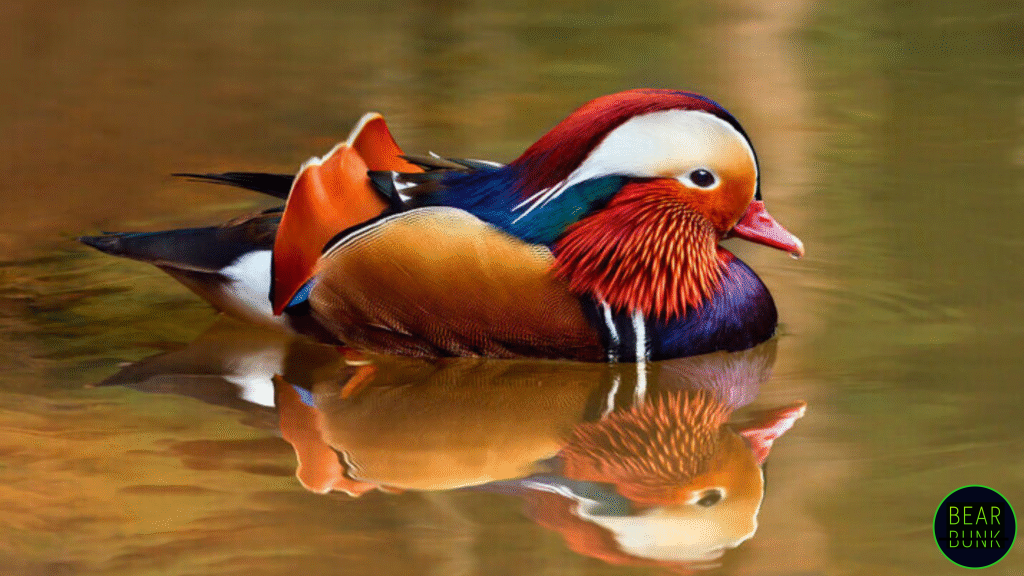
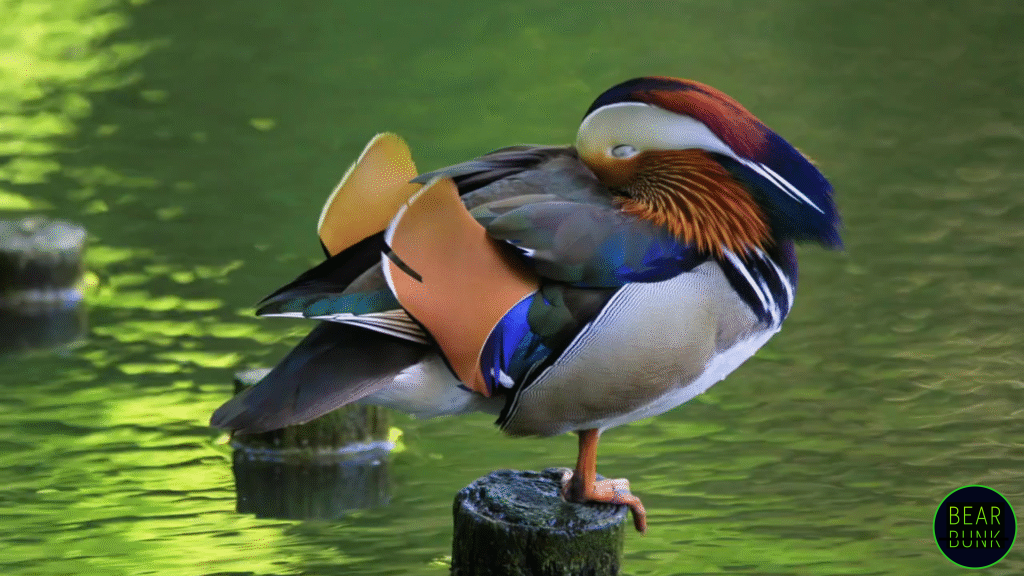
Read more about: Birds






Leave a Reply